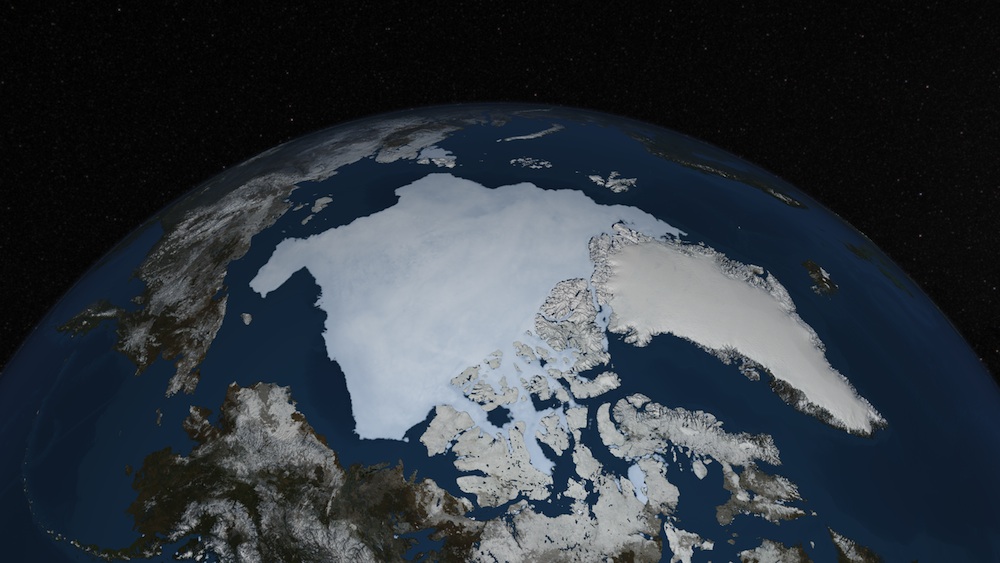2013's Summer Arctic Sea Ice a Top 10 Low

It's official: The Arctic icepack reached its summer low on Sept. 13, the National Snow and Ice Data Center (NSIDC) in Boulder, Colo., said today (Sept. 20).
The Arctic ice cover melted down to 1.97 million square miles (5.10 million square kilometers) — about the size of Texas and California combined.
The final tally puts 2013 in sixth place out of the top 10 record low ice years since tracking began with satellites 30 years ago. It also continues an overall downward trend in the extent of summer sea ice, the NSIDC said. (2012 is the top record holder, with the lowest summer ice extent ever recorded.)
The rebound in ice cover after a record low year was expected, Walt Meier, a glaciologist at NASA’s Goddard Space Flight Center in Greenbelt, Md., said in a statement. "There is always a tendency to have an uptick after an extreme low; in our satellite data, the Arctic sea ice has never set record low minimums in consecutive years. [Video: Watch the 2013 summer ice melt]
Colder-than-average temperatures and stormy weather helped the ice stick around this year. Summer cyclones spread the ice over a large area, NASA said in a statement. Clouds blocked the sun, and the cool air kept the Northwest Passage frozen shut for the first time since 2007. The ice edge was several hundred miles farther south than last year near Alaska and Siberia in the Beaufort, Chukchi and East Siberian sea regions.
Though there is more ice this year than in 2012, the ice is much thinnerthan in previous decades, Meier said. Instead of thick, multiyear ice that survives through multiple melt and freeze cycles, most of the icepack is thinner first-year ice.
"This year, the cool temperatures saved more of the ice. However, the fact that as much of the ice melted as it did is an indication of how much the ice cover had changed," Meier said.
Sign up for the Live Science daily newsletter now
Get the world’s most fascinating discoveries delivered straight to your inbox.
Email Becky Oskin or follow her @beckyoskin. Follow us @livescience, Facebook & Google+. Original article on LiveScience.com.










